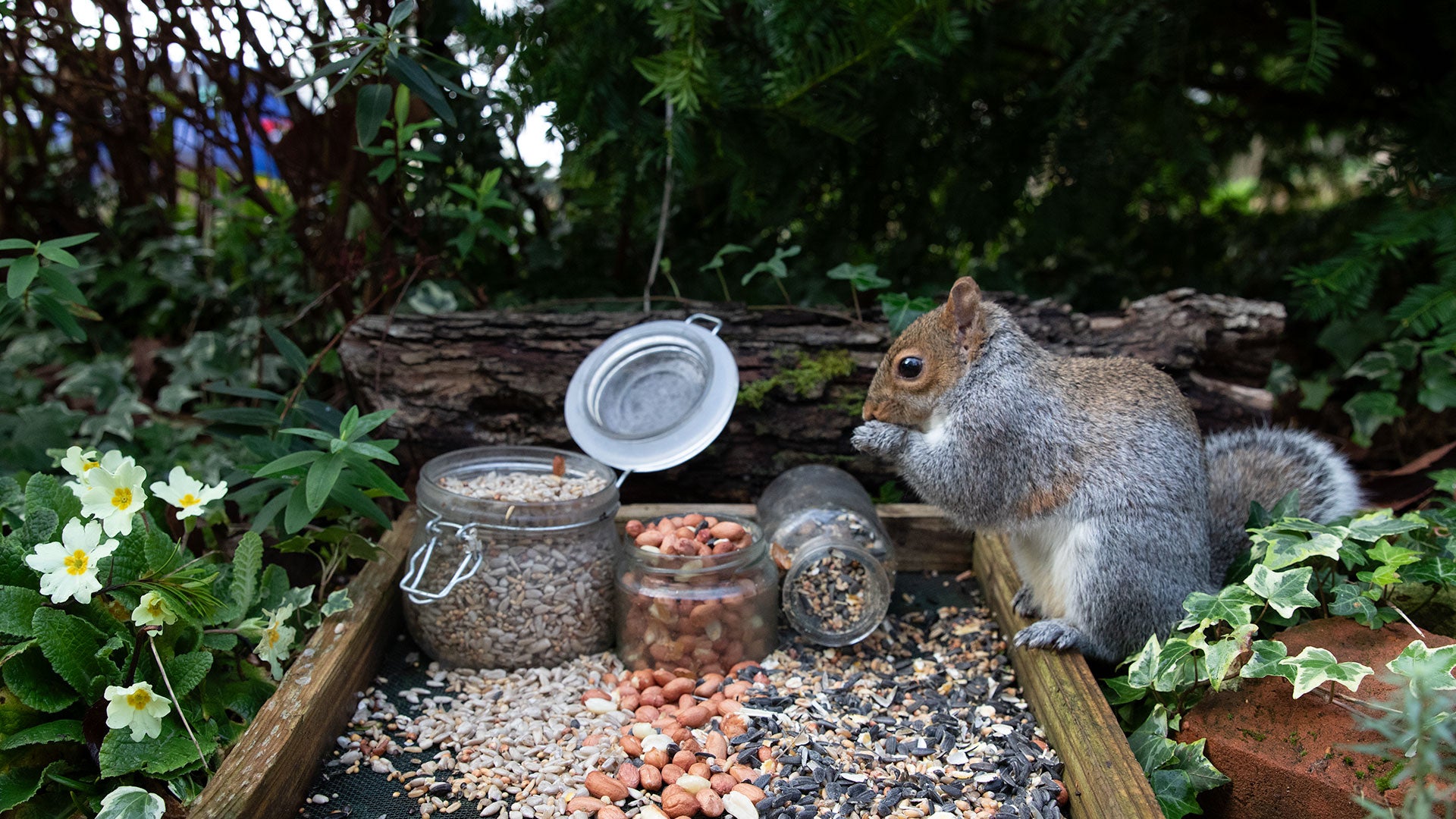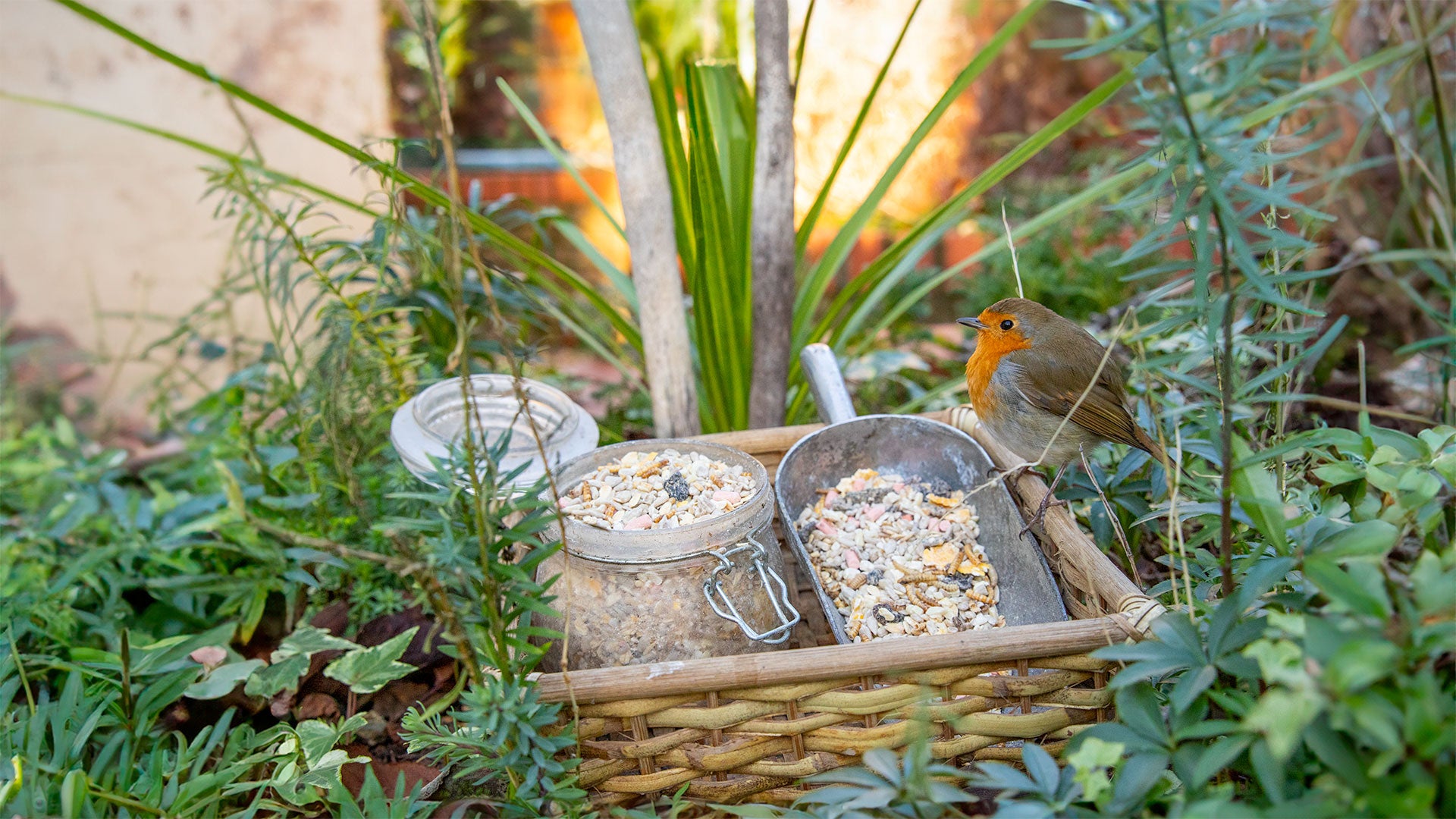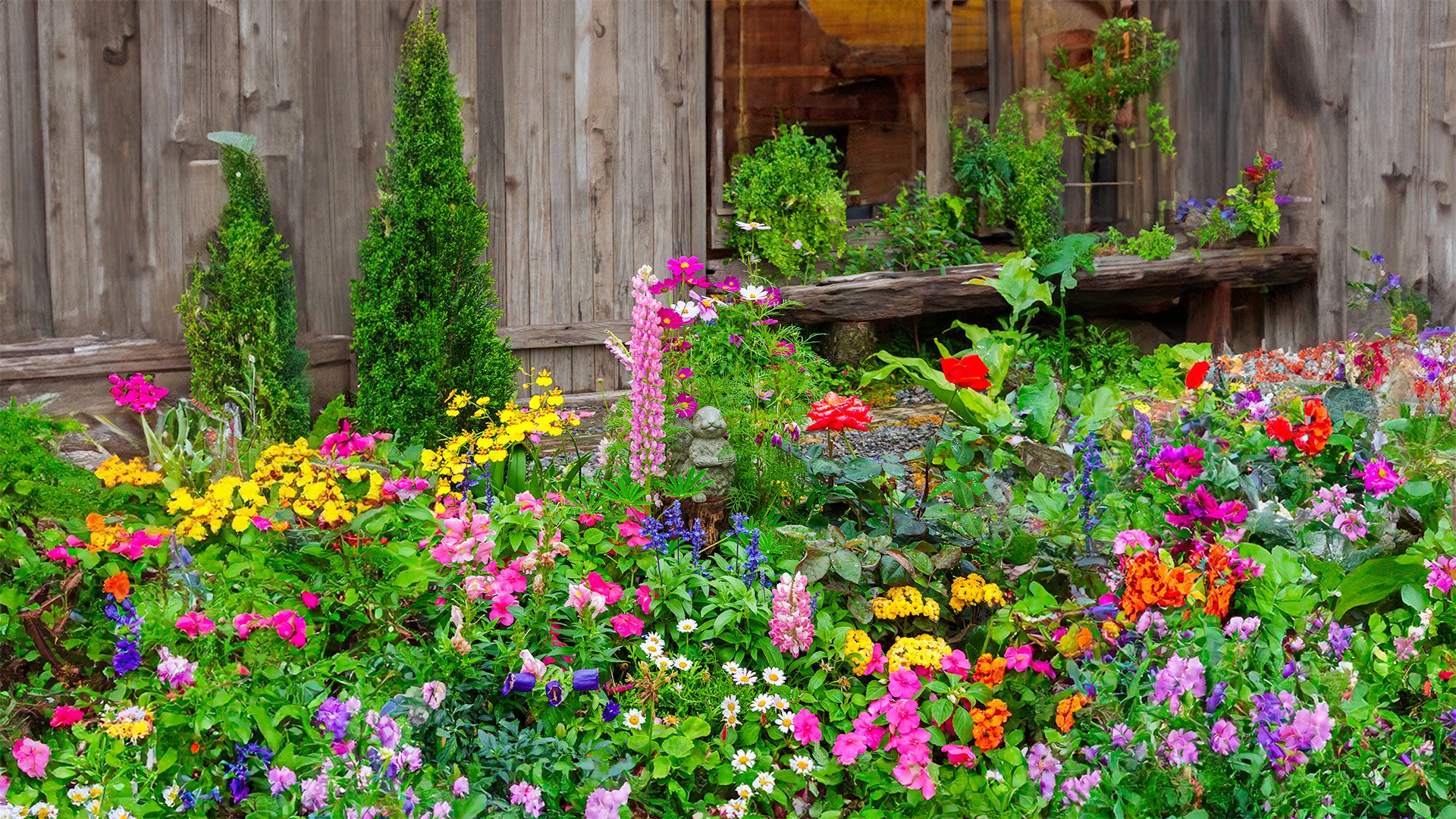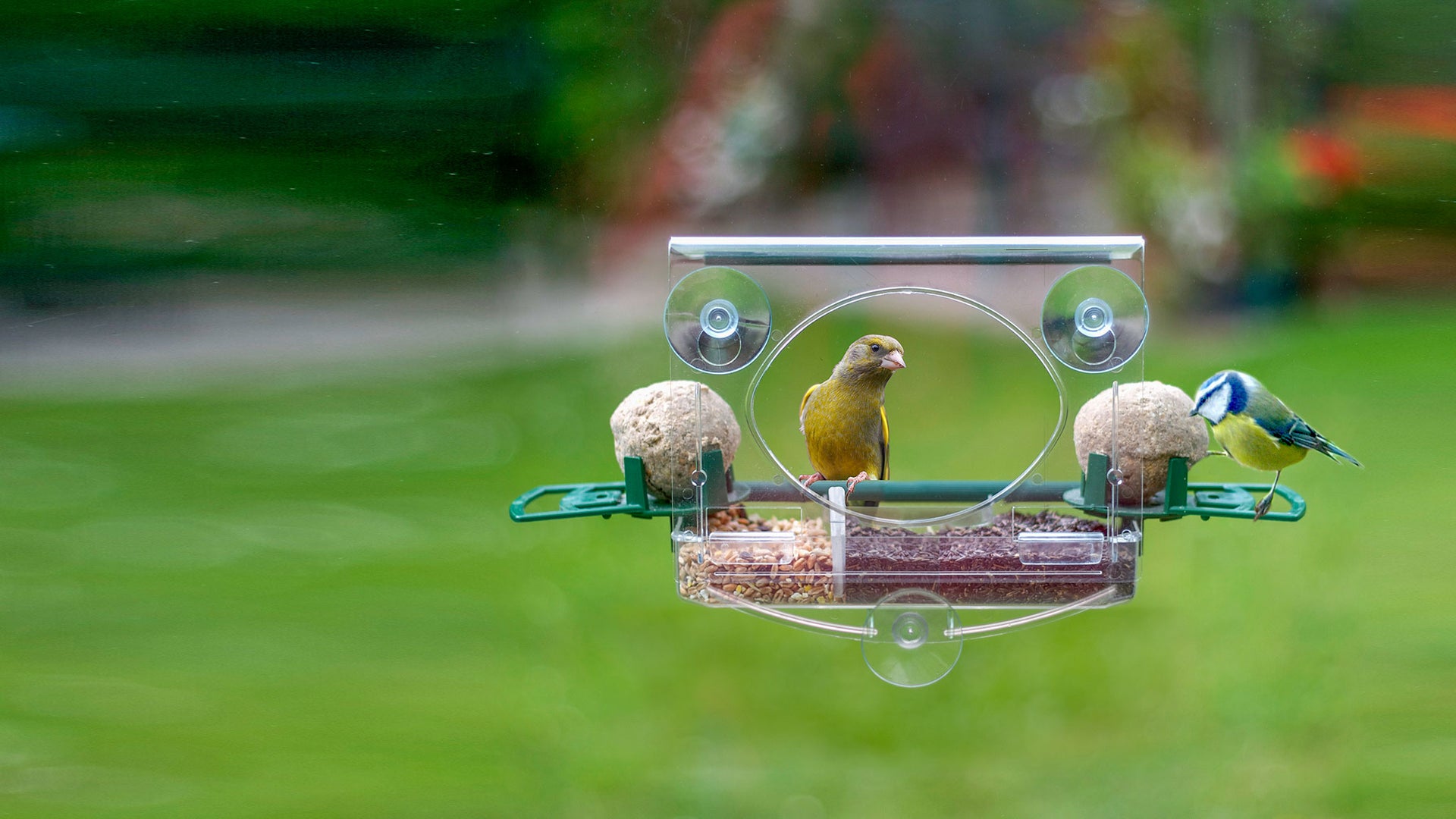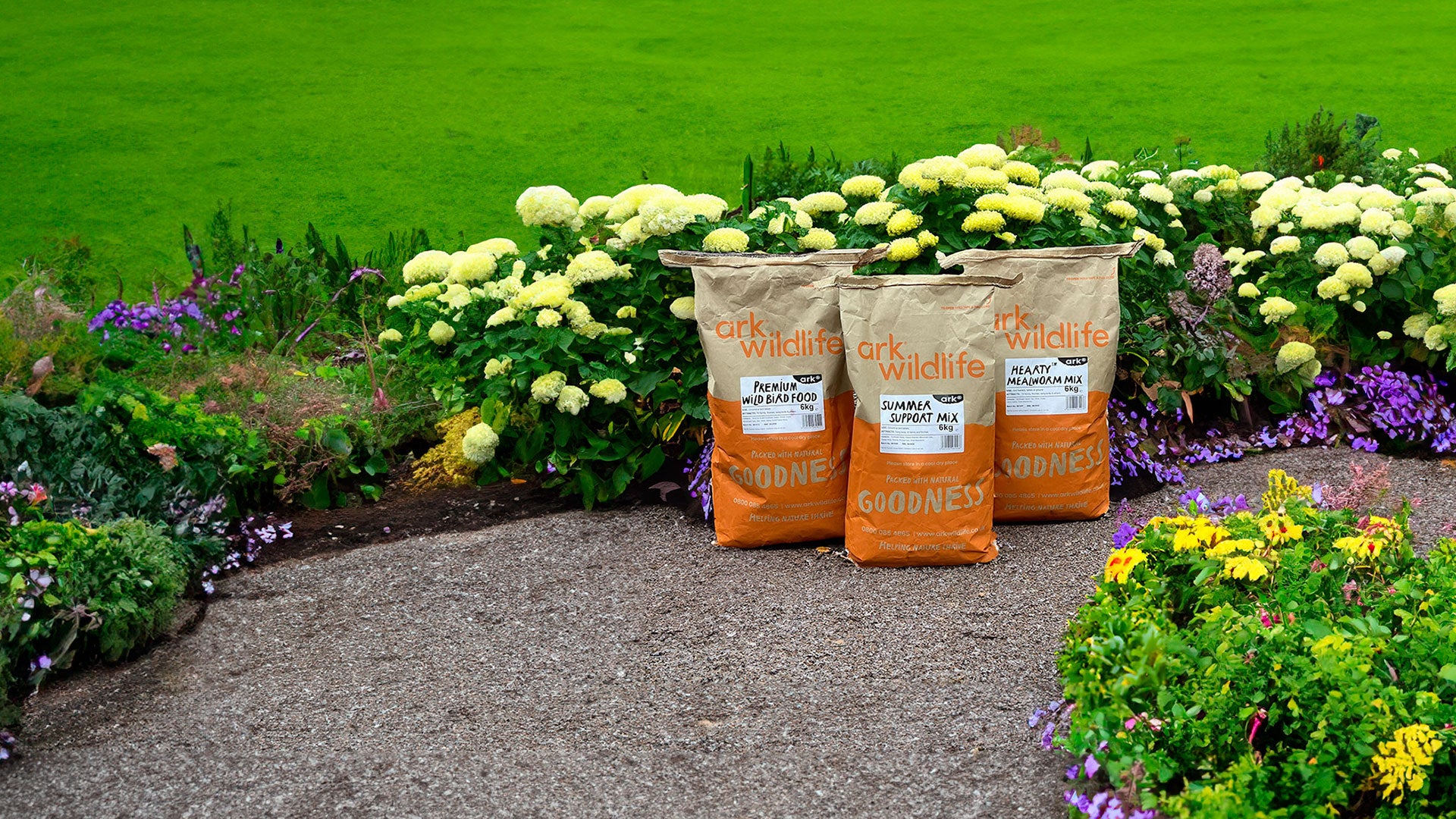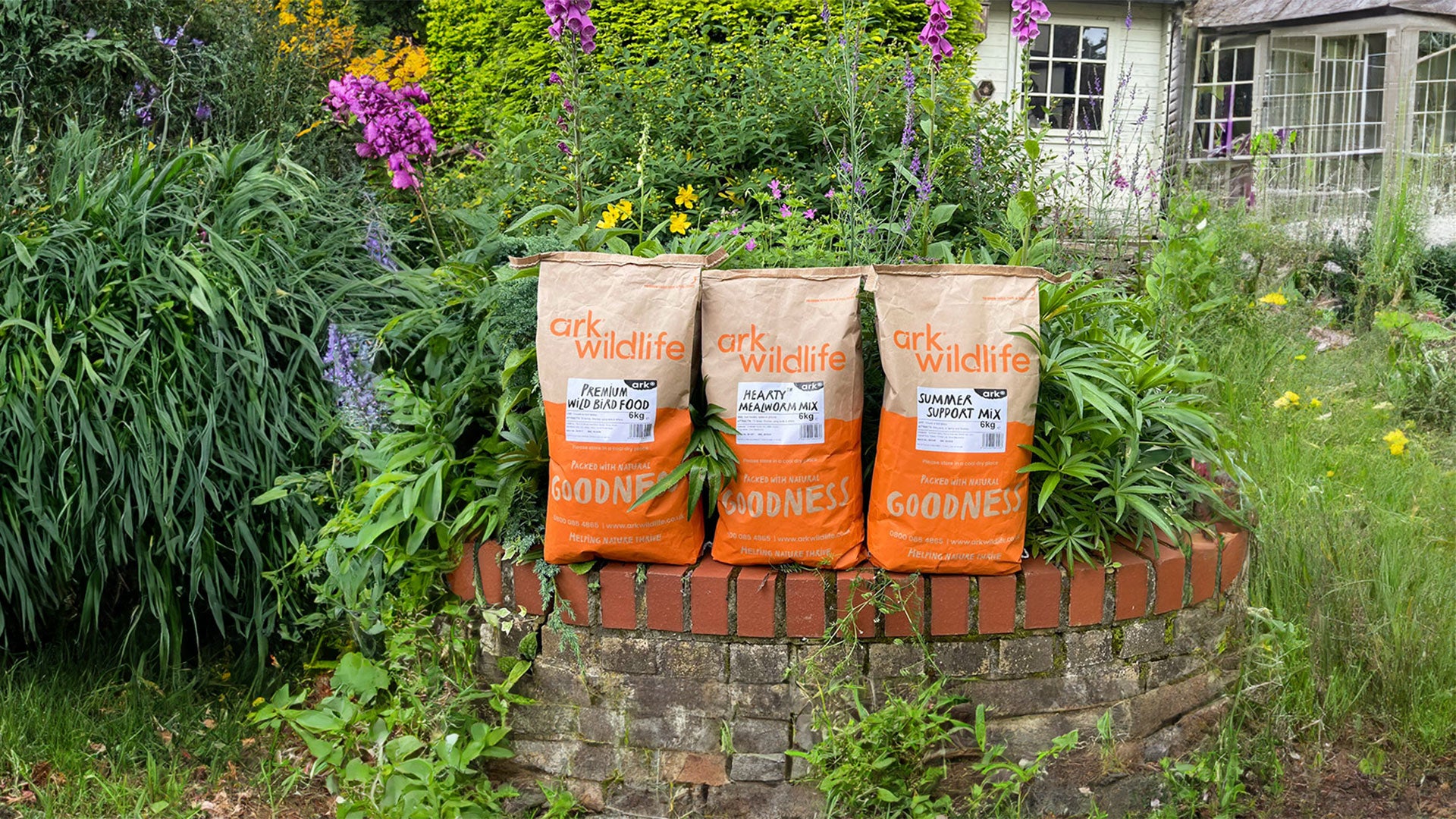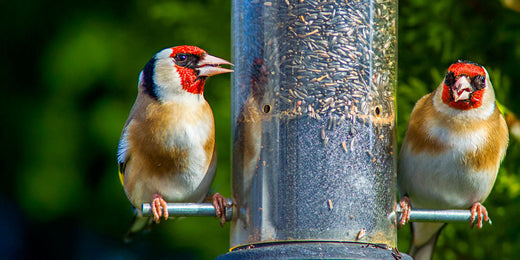Spring 2019 in the UK has been the warmest February on record, with the hottest day reaching over 20°C. With the sustained warm, dry spell it’s no wonder much of our plant and animal life have responded as if it were later in the season.
Days were already getting longer and so the addition of warm sunshine just made things all the more confusing. But confusion creates chaos and we can witness this in our gardens, parks and in the wider countryside.
There are two concerns with a false spring. One is that it’s likely to end suddenly and plunge us back to the end of winter, with cold winds, frosty nights and either sleet or snow. The other is that not all of nature can respond in the same way or at the same rate and this causes a series of challenges for wildlife.

Some examples we’ve witnessed in the Ark HQ gardens of the responses and risks associated with the weather is the early appearance of queen bumblebees. While a few early flowering plants such as dandelions and flowering trees such as hazel and pussy willow are available for food, these will not be enough should the birds be tempted to nest in February and lay eggs prematurely.
Similarly, we have been woken by the dawn chorus for weeks now, while delightful, it is unusually early for the volume. Beyond bird song, we’re also seeing nesting activity among quite a few species. Blackbirds and robins, who often risk an early clutch but are willing, if these fail, to try again later. Blue tits however, who risk all on a single large brood, are rashly nest building while trees are still bare and are therefore well ahead of the eruption of bugs and caterpillars on which they rely to feed their young.
We’ve had several hedgehogs visiting the feeding station for the past couple of weeks and while these are fortunate because we provide ample food and water for them, others will be less so. Rural hedgehogs are going to find hedgerows and meadows barren of natural food because the soil is still far too cold to support the activity of the beetles, slugs and worms on which they rely.
A false spring has the possibility of extending the summer season and being a long term blessing for all, but equally a sudden cold snap may spell disaster. Frog spawn can be frozen solid killing the eggs and therefore a generation of frogs, but also those tadpoles would have become dinner for fish, birds and pond dwelling mini beasts such as dragonfly larvae. If fruit trees and berry bushes are tricked into flowering too early a single night of burning frost can destroy the blossom, along with the promise of fruit and berries which would sustain a multitude of resident and migrating birds during autumn. The list of affected species is endless, and we’ve only touched on a few of the obvious creatures in our own small garden.

While we can’t control the weather, we can support and mitigate the hardship for wildlife. Good food, plenty of fresh clean water, sugar syrup for bees, even protective sheeting for ponds, fruit trees and berry bushes. Lots of warm hidey holes, such as log piles, leaf mould and compost heaps all support the micro eco-system that is the start of the food chain. Well insulated hedgehog houses and bird nest boxes that resist cold winds and frosty nights can all contribute and make the difference between success and failure.



